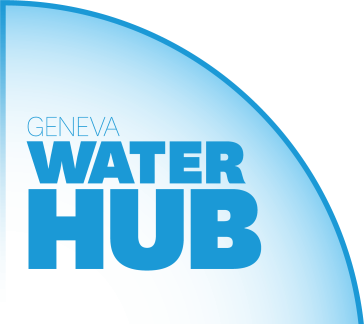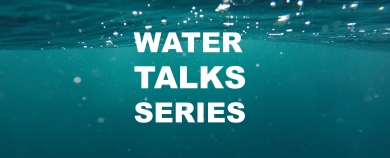
DAMS: water flows regulation in a fragmented world

In the context of climate change and global population increase, water demands are rapidly changing, and large dam construction is experiencing a renaissance worldwide.
Damming a river is an opportunity for energy production and agriculture development. It can however create conflicts between sectors across multiple scales. Furthermore, political unrest may arise if waters are shared with other countries.
Dams provide multiple benefits (e.g. hydropower, water supply, flood control, water storage, irrigation, navigation, recreation...). They also entail numerous negative externalities (e.g. loss of river connectivity with the sea, displacement of communities, impacts on aquatic biodiversity, among others).
Ranging from the global to the local level, a wide array of rules apply to dams as infrastructure. In addition, it is imperative to consider those rules related to the use and protection of water and the ones meant to frame transboundary relationships between sovereign states. As such, legal tools set forth the necessary framework to achieve an acceptable balance among the various interests of those who may benefit from, or be impacted by a dam.
Dams development sparks off a heated debate between multiple actors and unfolds diverse socio-political dynamics around the world. Over the last decade, one can simultaneously witness a growing number of large dams construction and an increasing number of dams decommissioning.
Focusing on these challenges and on existing dynamics at play, the Geneva Water Hub and IUCN’s Environmental Law Centre launch the initiative “Dams: water flows regulation in a fragmented world” whose first step will be to elaborate an assessment of the legal tools applicable to dams planning, developing and monitoring. This assessment includes a compendium of references grouping and analyzing the main frameworks and principles to be considered when addressing the challenges of dams in general and large dams in particular.
Based on the assessment, this initiative will gradually embrace different types of hydropower installations, across multiple scales and including a diversity of actors.
By doing so, the initiative aims at contributing meaningfully to the current debate on dams management, and offer a set of resources to policy makers, researchers, and practitioners. For more information on the compendium, don't hesitate to reach out using out contact page.
The present document is the first output of this joint initiative to elaborate an assessment of the legal tools applicable to dams planning, developing and monitoring. This assessment includes a compendium of references grouping and analyzing the main frameworks and principles to be considered when addressing the challenges of dams in general and large dams in particular (see annex). This first output should be viewed as a “living document” which will be further developed and completed with additional practice.
First output document First output document annex



